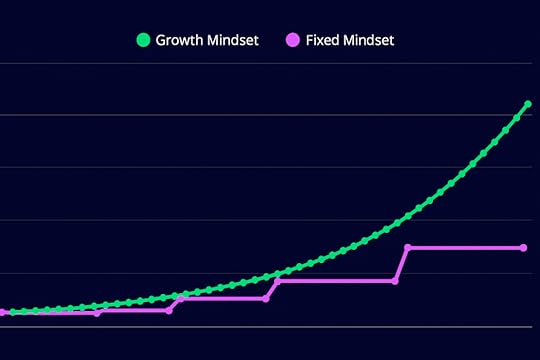The Feedback Loop
I work at a pretty amazing company, Canva, that has a culture of feedback. I think I have given and received more feedback in the two years I’ve been here than in the rest of my professional life put together. It has taught me something critical about the importance of a growth mindset. Managing several teams also gave me a lot of perspective here.
I always thought a growth mindset would have an effect on what happens when you receive feedback, but now I’ve discovered it also has an effect on the frequency and complexity of the feedback. When I have a piece of feedback to give to someone, if that person has a growth mindset, I just give it.
For the people with a fixed mindset, I know I’ll have objections, challenges, push backs, defensiveness. In those cases, for the feedback to be accepted, I need to collect evidence. I may need one clear case to base my feedback around but then further ones to display the pattern. It takes a lot more work and effort, and at a time when my calendar is back to back meetings and my to do list keeps growing.
What naturally happens, even if I try to fight it, is that for people with a growth mindset, I give feedback frequently, and for people with a fixed mindset, I drop the frequency. A side effect of that is: the size of the feedback stays lower the higher the frequency is. This means the pain of receiving that feedback is lower. Let’s not pretend that receiving growth feedback is not painful.
I think a chart showing the two growth paths would help:

The lesson here is that gracefully accepting feedback has a massive impact on how much of it you will get, and if feedback is a source of growth, then it’s extra valuable to be graceful. Possibly even when the feedback is not correct: saying “Oh, interesting point, I’d like to think about it” is not that costly. This is a lesson I’m still learning.



